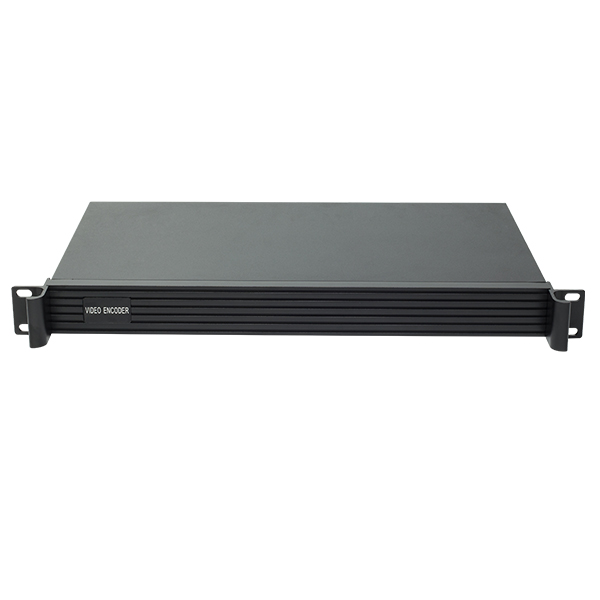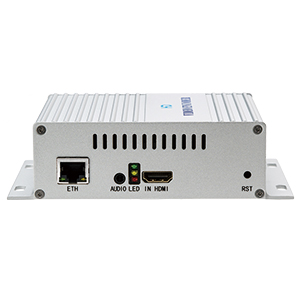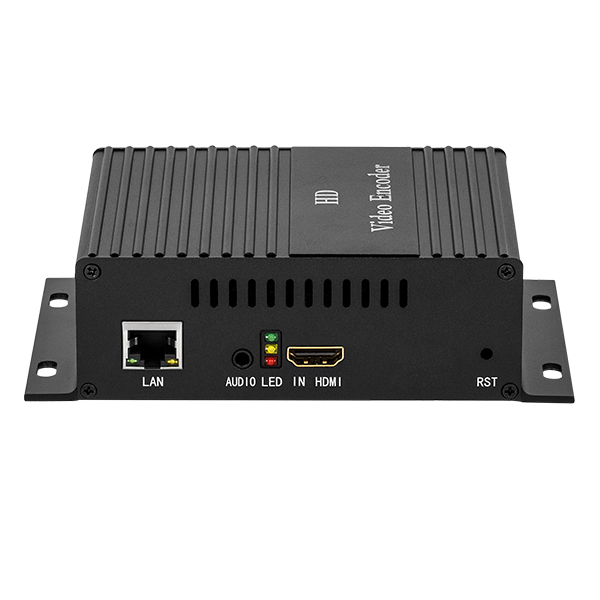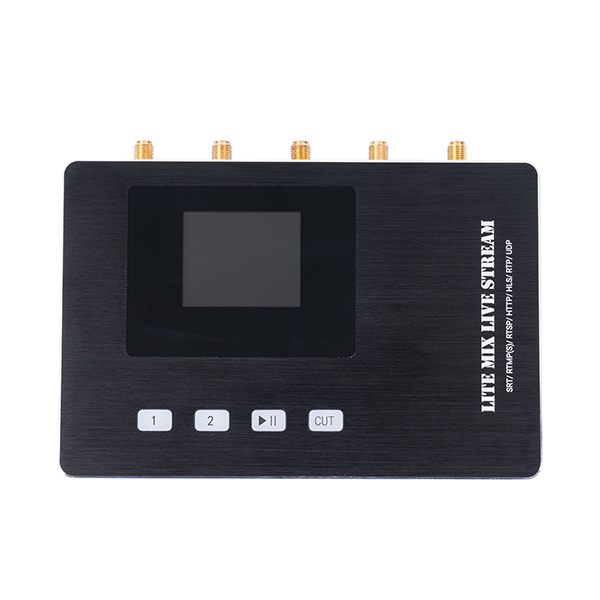When it comes to video encoders, I have to understand the video resolution.
 Sep 19,2023
Sep 19,2023

 Haiwei
Haiwei
The video encoder is divided according to the video resolution, and has a high-definition encoder, a standard definition encoder, a 4k encoder, and the like. Here, Haiwei video editors will bring you to understand.

Dual streams output. H.265/ H.264 format, Audio: MP3, AAC, G711 format.
Configuration could be freely adjusted according to the need.

k is a higher-definition video resolution such as 4K that has been introduced in recent years. It means that the video picture has 3840 or 4096 columns of pixels, specifically 3840*2160 or 4096*2160. Therefore, the display effect will be more clear. However, the limit that the human eye can actually recognize is basically 1080P. After that, there will not be much experience improvement. However, such high pixels have certain advantages for advertising and other aspects.
The resolution of the video encoder is 720P, 1080P and 1080i. Usually we always have a P after the resolution, so what does this P mean? With the development of video imaging technology, there are two kinds, one is progressive scanning, and the other is interlaced scanning. Progressive scanning means that when the display screen is displayed for scanning, it is performed line by line from the first line in the upper left corner of the screen, and the entire image is scanned once. Therefore, the image display screen flickers small and the display effect is good. Most of the current advanced displays use progressive scanning. In the imaging technology of the consumer electronics field, there are more progressive scan applications, so we often hear 1080P resolution.
Interlaced scanning refers to i after 720i and 1080i, which is another scanning method, that is, each field contains all odd or even scan lines in one frame, usually scanning odd lines first to get the first field. And then scan the even lines to get the second field. The display effect is not as good as the line-by-line, but it has been widely used in the past, and it is currently used in security monitoring and other industries.








 HOME
HOME Webcast device, live encoder and video capture card
Webcast device, live encoder and video capture card  You May Also Like
You May Also Like







 Tel
Tel
 Email
Email
 Address
Address







